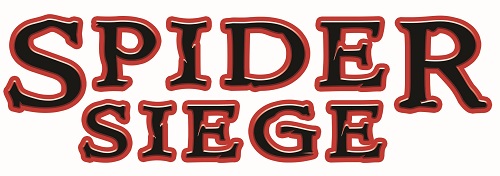After working up the game board for Spider Siege, I went back to the original design docs to see what I needed to do next. That’s when I remembered: oh, right, my war game didn’t actually have any way to resolve battles.
What I did have was a checklist of stuff I wanted to include in the combat system:
- Dice
- Different types of combat units
- Single-round battle resolution
The first bullet point was easy enough to deal with: “Let’s use six-sided dice,” I announced to my cat, who was wondering why I was designing games and not putting food in his bowl.
“Let’s roll one die per combatant. Yes, it’s a cliche. Yes, it might mean too many dice, But it’s a good place to start.”
The cat nodded, then gestured towards his bowl.
The second item, though… Different types of units? That was — that is — a real rabbit hole of a design challenge.
You see, it’s all connected:
- Different types of units have different stats.
- What are those stats? How do they relate to the dice?
- Units with better stats need to have higher costs.
- What’s the basic economy? How much is a unit of “population” or “metal” worth?
All these things — dice mechanics, unit stats, resource economy — are interwoven in a way that makes it hard to focus on just one thing while ignoring the rest.
I’ll be diving down that rabbit hole this week. But first, I should feed this cat.

